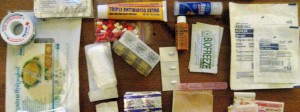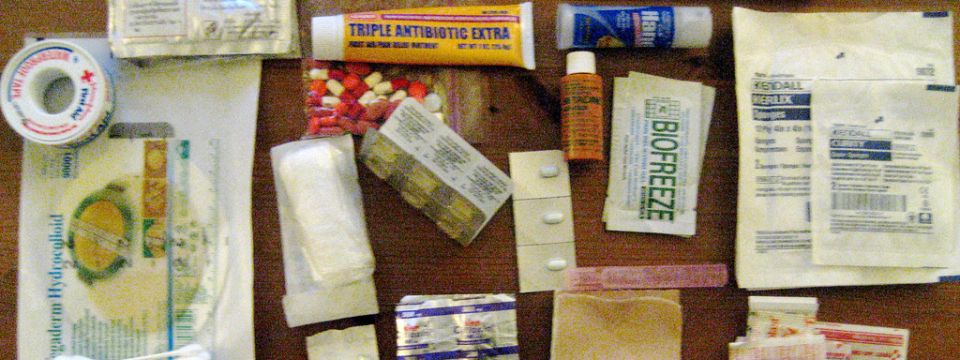
First of all, it should be understood that the help first aiders give is very limited and can only be given in emergencies. Simply put, a person giving first aid is not a doctor and should never assume how a patient should be treated. A first aider’s function is to provide emergency measures that might help save a patient’s life or prevent an injury from becoming worse.
The basic principle of first aid is that it should be given immediately, without wasting any time. A person administering first aid should decide quickly whether first aid is needed or not. To make this decision, three things must be taken into consideration – the signs, symptoms and history. Signs mean what can be seen, smelt or heard by observers, like how much bleeding or swelling the patient is experiencing. Symptoms are the sensations that the patient is experiencing and history is the account of the situation based on what the patient or eye witnesses have said.
Duties of a First Aid Responder
- The primary duty of a person giving first aid is to provide first aid to an injured or sick person and to call emergency personnel and the police, if the situation warrants it.
- The first aider also decides whether it’s necessary for the patient to be moved to another location.
- The first aider has to give a clear and concise report to the doctor or EMT who’s taking over the patient. He or she should also be on standby in case the medical personnel or police still needs help.
Characteristics of a Good First Aid Responder
- Observant. This is one of the most important characteristic a first aider should have. He or she should be able to notice the signs and symptoms of what’s happening to the patient.
- Cheerful. He or she should have a pleasant and cheerful countenance to be able to calm the patient. A little humour can do wonders in making someone feel better.
- Resourceful. A first aider should be able to make good use of what’s available to him or her, whether it’s making use of curtains for bandages or magazines for splints.
- Sympathetic. The responder should know how to comfort and ease the patient’s pain, whether it’s physical, emotional or mental.
- Tactful. The first aid responder should know how to state observations or diagnosis in a calm and factual way that would not incite panic in the patient.
.Basic Principles of First Aid
- The core principle of first aid is to provide emergency treatment commensurate to the incident and the skill of the responder.
- Responder should make sure the patient is in a comfortable position, not to be moved unless absolutely necessary while waiting for emergency personnel to arrive.
- First aiders should ensure that the patient is warm to minimize the onset of shock.
- A person giving first aid will not do any medical procedure or treatment that he or she hasn’t been taught in first aid courses.
What a first aid responder can do is limited but crucial. Those who have undergone first aid and CPR courses know what to do to help increase a person’s chance at survival.

